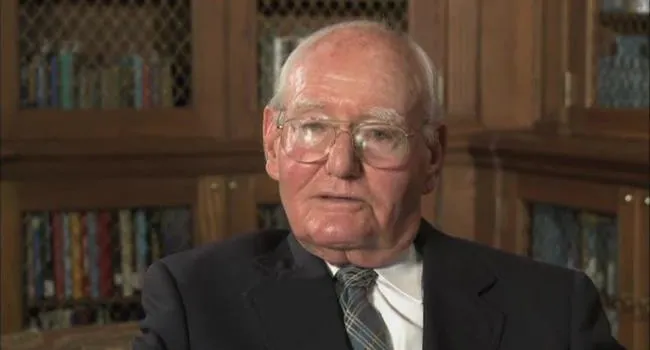With its navy destroyed, the Japanese have come to recognize that their last line of defense is through suicide attacks on American ships. From the American ships, the kamikazes looked like a swarm of bees. They targeted big ships and every ship they could find, including hospital ships. The casualties were horrendous. Okinawa happened almost in a vacuum of good news coming from Europe, the Potsdam Conference, the Allies were insisting on an unconditional surrender, and the Russians were beginning to negotiate, and the Japanese high command was hopeful that they would come in on the side of the Japanese, or that the Russians would be the broker that brought Japan to the peace table. There was hope that the Americans would recognize the horrendous cost on Okinawa, as they had on Iwo Jima.
Standards
- 5.3 Demonstrate an understanding of the economic, political, and social effects of World War II, the Holocaust, and their aftermath (i.e., 1930–1950) on the United States and South Carolina.
- 5.3.CE Analyze the cause and effect of government-sponsored policies within the United States and Europe related to the status of different groups, to include the Holocaust.
- 5.3.CX Contextualize the technological and geographic influence on military strategies in the Pacific and European theaters of war of World War II.
- 8.5.CO Compare South Carolina and U.S. wartime contributions and demobilization after World War II.




